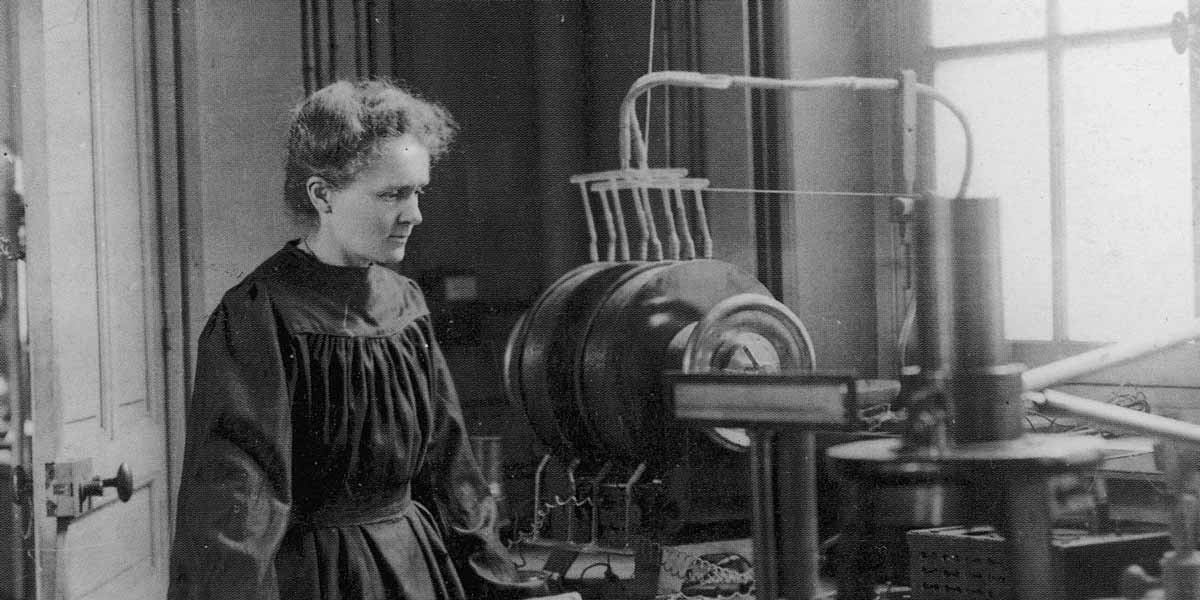United States EPA
Is radon really bad for you?
Breathing radon over time increases your risk of lung cancer. Radon is the second leading cause of lung cancer in the United States. Nationally, the EPA estimates that about 21,000 people die each year from radon-related lung cancer. Only smoking causes more lung cancer deaths.
Studies performed at the College of Iowa have assisted reveal that radon is the second leading cause of lung cancer and also the leading ecological source of cancer fatalities in the USA. You can't anticipate how much radon will certainly remain in your residence unless you have it inspected. Individuals who survive the third floor or higher in an apartment can be confident that their degrees are low, yet the EPA and the Cosmetic surgeon General advise testing for every person else.
Radon in the air is taken into consideration to be a larger health and wellness hazard than radon in residential water so the United States Environmental Protection Agency suggestion is to not test for radon in water unless a radon in air examination is over the action degree. Nevertheless, some US states, such as Maine where radon degrees are higher than the nationwide standard, suggest all well water must be examined for radon. The US government has not set an action level for radon in water.
Is radon mitigation really necessary?
When radon gas enters the body, it exposes the lungs to small amounts of Additional info radiation. In small quantities, experts say this is harmless. However, in persistent exposures or larger quantities, radon can damage the cells of the lining of the lungs, increasing a person's chance of developing lung cancer.
This does not indicate that a level listed below 4.0 pCi/L is taken into consideration appropriate, as mentioned in the BEIR VI research study. It is estimated that a decrease of radon levels to below 2 pCi/L nationwide would likely decrease the annual lung cancer cells deaths attributed to radon by 50%. Nonetheless, even with an activity degree of 2.0 pCi/L, the cancer danger offered by radon gas is still hundreds of times above the risks allowed for health hazards in our food and also water.
- Your threat of lung cancer cells enhances substantially with exposure to higher radon degrees.
- Lung cancer cells danger rises 16% per 2.7 pCi/L boost in radon direct exposure.
- Radon gas is a naturally-occurring result of the radioactive decay of Uranium in the soil.
- Relying on your geographical place, the radon levels of the air you breathe beyond your home might be as high as 0.75 pCi/L.
- The US EPA has actually placed it plainly, stating, "Any kind of radon exposure has some danger of triggering lung cancer cells.
How do you eliminate radon?
Possible symptoms include shortness of breath (difficulty breathing), a new or worsening cough, pain or tightness in the chest, hoarseness, or trouble swallowing. If you smoke and you know you've been exposed to high levels of radon, it's very important to quit smoking.
As an example, an individual living in a home with a radon degree of 4.0 pCi/L or lower has a roughly 7 in 1000 chance of getting sick. On the other hand, an individual living in a house with a radon degree of 20 pCi/L or higher has a 36 in 1000 possibility of having lung cancer. The World Health And Wellness Company (THAT) established an action degree of 2.7 pCi/L based upon a three-year worldwide study by more than 30 famous scientists.
Health

Since you cant see or scent radon, you angle recognize whether your home has undesirable degrees of the gas unless you have the air examined. Nonetheless, if examinations show that radon is placing you as well as your household in jeopardy, you can take some easy actions to clear the air.
How long does it take for radon to cause cancer?
Fact: You will reduce your risk of lung cancer when you reduce radon levels, even if you've lived with an elevated radon level for a long time. Keep in mind that radon levels below 4 pCi/L still pose some risk and that radon levels can be reduced to 2 pCi/L or below in most homes.